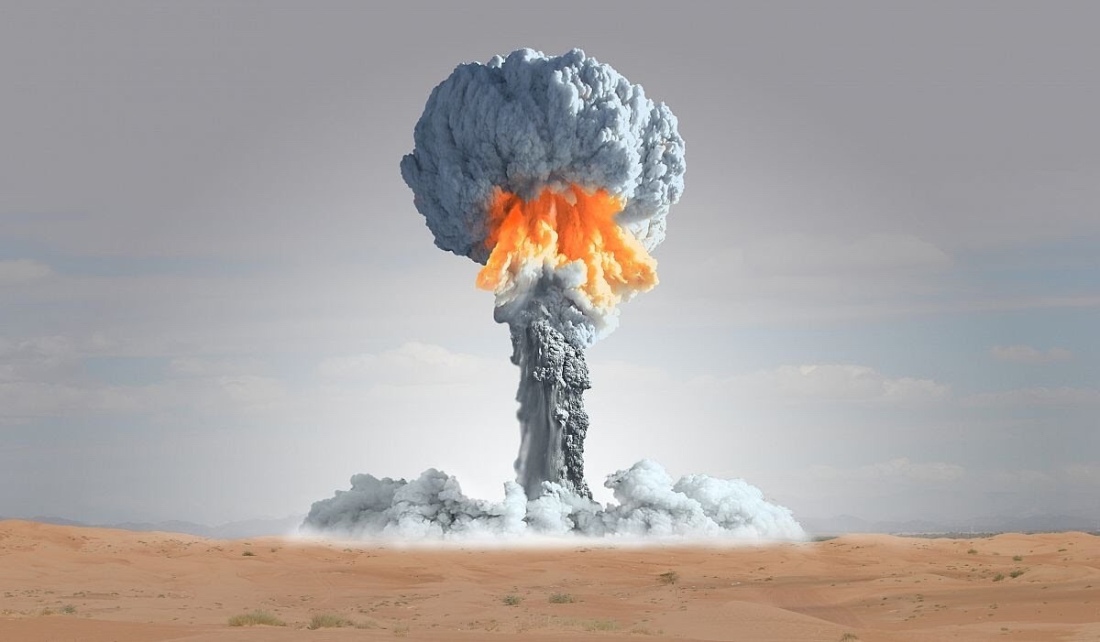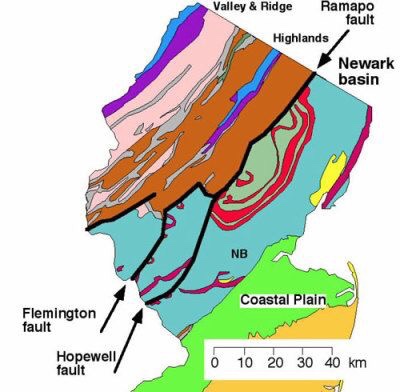
World War 3: How US dropped nuke 1000 times greater than atomic bomb in Air Force blunder
WORLD WAR 3 could have erupted when the US Air Force accidentally dropped a nuclear weapon 1000 times more powerful than the atomic bomb used on Hiroshima and Nagasaki.
By CALLUM HOARE
PUBLISHED: 12:25, Thu, May 28, 2020
UPDATED: 12:30, Thu, May 28, 2020
The event came at the height of the Cold War, just one year before the Cuban Missile Crisis, as tensions between the US and the Soviet Union could not have been more febrile and one mistake of this kind would not have only been highly embarrassing for the US, but could have also been the catalyst for the outbreak of World War 3. A Boeing B-52 bomber carrying two four-megaton Mark 39 nuclear bombs was due to rendezvous with a tanker for aerial refuelling, but during the process, the tanker crew advised the B-52 commander, Major Walter Scott Tulloch, that his aircraft had a fuel leak in the right-wing. The aircraft was directed to assume a holding pattern off the coast until the majority of fuel was consumed, but when the bomber reached its assigned position, the pilot reported that the leak had worsened and that 17,000kg of fuel had been lost in three minutes.
The bomber was immediately directed to return and land at Seymour Johnson Air Force Base, but as it descended for its approach, the pilots lost control and were forced to abandon the aircraft, watching it crash into a field in North Carolina with the two nuclear weapons still on board.
BBC correspondent Alex Last revealed during the “Witness History” podcast how Lieutenant Jack ReVelle was immediately called to assess the situation.
He said in 2018: “In January 1961, 25-year-old Lieutenant Jack ReVelle led a US Air Force explosive ordnance disposal team based in Ohio, he had been told it was an accident involving nuclear weapons – a Broken Arrow in military terminology.
“Jack was the advanced party for his team, he sped to his airbase and was met by a pilot who had been ordered to immediately fly him in a military jet to Goldsboro, North Carolina.

The event came at the height of the Cold War (Image: GETTY)
“It turned out that a huge B-52 bomber had suffered a catastrophic inflight failure, fuel had gushed out from the right-wing and as the plane headed for an emergency landing at its base in North Carolina, its wing had fallen off.
“The plane spun out of control, broke apart and crashed in a fireball on farmland near Goldsboro, three of the eight crew had been killed.”
Mr Last detailed the gravity of the situation that Mr ReVelle found himself facing as he arrived on the scene of the crash.
He added: “Crucially, the plane had been carrying two thermonuclear bombs that had been sucked out of the bomb bays as the plane was torn apart and had landed near the crash site.
“They hadn’t gone off, at least not yet, but no one was sure what state they were in, Jack was taken to where one bomb had been found.
READ MORE: WW3: How US President sent NINE nuclear bombers to Japan ‘ready to obliterate North Korea’
The plane crashed after the crew evacuated (Image: WIKI)
“Jack checked the safety switch to see if the bomb had armed, but it was on safe, he followed procedure, took it apart and got it onto a truck to be returned to the local Airforce base.
“The second bomb, though, was a different story.
“They were thermonuclear devices, hydrogen bombs, 100, sometimes 1000 times more powerful than the atomic weapons dropped on Hiroshima and Nagasaki because they contain two nuclear devices.”
In a segment of the show, Mr ReVelle recalled the dangerous operation he and his team carried out.
He said: “Two weapons fell to the ground, one parachute pack deployed and it floated gently to the ground and it ended up standing up straight like a Washington monument.
“The second weapon, the parachute did not deploy, it penetrated the ground at around 700mph and buried itself into the swamp of the field.

A bomb disposal team was sent in (Image: WIKI)

One part of the bomb was never recovered (Image: GETTY)
“So we searched for the hole of entry and had to probe with non-sparking tools to see if there was something down there.
“We had to devise the procedures ourselves, there was no textbook, no checklist for a situation like that.”
Eventually, after digging deep into the ground, the team uncovered the primary nuclear weapon.
Mr ReVelle explained the chilling story of how he personally recovered the explosive by hand.
He added: “We didn’t know the status, or the condition of either of the weapons, for all we knew the things could have gone off while we were working.
“It’s hard to say how close we were to detonation, in my personal opinion damn close.
“The Sash Sargent called out and said he’s found the armed safe switch, and I said ‘great,’ he replied ‘no, it’s on armed’ for all we knew that’s not good news.
“Since I was the senior technician when the primary was found, it became my responsibility to get it out of there, so there I was in a hole that was 20 or 30 feet deep, with zero protective closings.
“I took this grey sphere, held it to my chest and walked up a ladder out of the deep hole, holding a nuclear sphere.
“I got to the top, it was placed on a truck and taken back to the Airforce base.”
Mr Last went on to reveal how parts of the nuclear bomb were never recovered.
He added: “After eight days, they found most of the bomb, but one key part was still missing the secondary nuclear device.
“Jack and his team were pulled out and digging continued for five months, but the secondary has never been found.
“In the end, the hole was concreted over, covered with earth and the area around the site was bought by the Air Force.”












